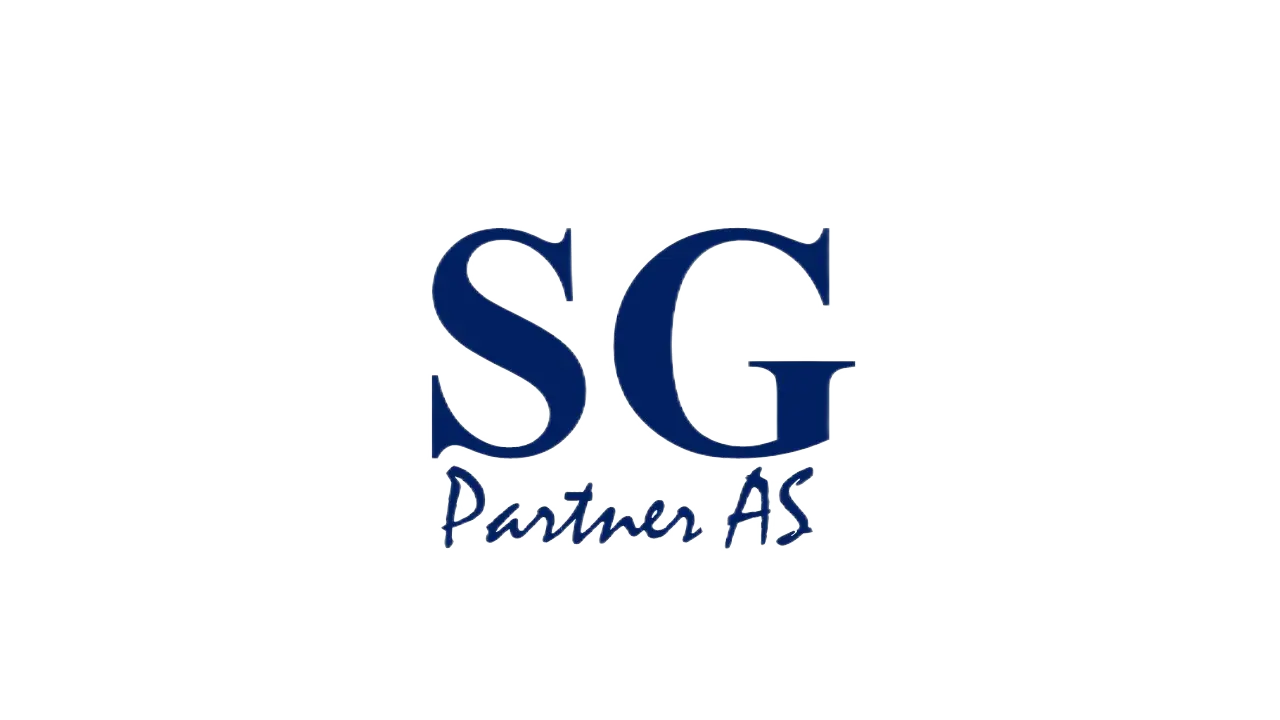COURSE OBJECTIVE:
By the end of the course, you should be able to meet the following objectives:
• Introduce troubleshooting principles and procedures
• Use command-line interfaces, log files, and the vSphere Client to diagnose and resolve problems in the vSphere environment
• Explain the purpose of common vSphere log files
• Identify networking issues based on reported symptoms
• Validate and troubleshoot the reported networking issue
• Identify the root cause of networking issue
• Implement the appropriate resolution to recover from networking problems
• Analyze storage failure scenarios using a logical troubleshooting methodology
• identify the root cause of storage failure
• Apply the appropriate resolution to resolve storage failure problems
• Troubleshoot vSphere cluster failure scenarios
• Analyze possible vSphere cluster failure causes
• Diagnose common VMware vSphere® High Availability problems and provide solutions
• Identify and validate VMware ESXiTM host and VMware vCenter® problems
• Analyze failure scenarios of ESXi host and vCenter problems
• Select the correct resolution for the failure of ESXi host and vCenter problems
• Troubleshoot virtual machine problems, including migration problems, snapshot problems, and connection problems
• Troubleshoot performance problems with vSphere components
TARGET AUDIENCE:
System architects and system administrators
COURSE PREREQUISITES:
This course requires completion of one the following courses:
• VCP-DCV certification
• VMware vSphere: Install, Configure, Manage [V8]
• VMware vSphere: Operate, Scale and Secure [V8]
The course material presumes that you can perform the following tasks with no assistance or guidance before enrolling in this course:
• Install and configure ESXi
• Install vCenter Server
• Create vCenter Server objects, such as data centers and folders
• Create and modify a standard switch
• Create and modify a distributed switch
• Connect an ESXi host to NAS, iSCSI, or Fibre Channel storage
• Create a VMware vSphere VMFS datastore
• Modify a virtual machine's hardware
• Migrate a virtual machine with VMware vSphere® vMotion® and VMware vSphere® Storage vMotion®
• Configure and manage a VMware vSphere® Distributed Resource SchedulerTM cluster
• Configure and manage a VMware vSphere HA cluster
• Basic knowledge of command line tools like ESXCLI, DCLI, and PowerCLI
If you cannot complete these tasks, VMware recommends that you take the VMware vSphere: Install, Configure, Manage [V8] course instead.
COURSE CONTENT:
1 Course Introduction
• Introductions and course logistics
• Course objectives
2 Introduction to Troubleshooting
• Define the scope of troubleshooting
• Use a structured approach to solve configuration and operational problems
• Apply troubleshooting methodology to logically diagnose faults and improve troubleshooting efficiency
3 Troubleshooting Tools
• Discuss the various methods to run commands
• Discuss the various ways to access ESXi Shell
• Use commands to view, configure, and manage your vSphere components
• Use the vSphere CLI
• Use ESXCLI commands from the vSphere CLI
• Use Data Center CLI commands
• Identify the best tool for command-line interface troubleshooting
• Identify important log files for troubleshooting vCenter Server and ESXi
• Describe the benefits and capabilities of VMware SkylineTM
• Explain how VMware Skyline works
• Describe VMware SkylineTM Health
• Describe VMware Skyline AdvisorTM
4 Troubleshooting Virtual Networking
• Analyze and troubleshoot standard switch problems
• Analyze and troubleshoot virtual machine connectivity problems
• Analyze and troubleshoot management network problems
• Analyze and troubleshoot distributed switch problems
5 Troubleshooting Storage
• Discuss the vSphere storage architecture
• Identify the possible causes of problems in the various types of datastores
• Analyze the common storage connectivity and configuration problems
• Discuss the possible storage problems causes
• Solve the storage connectivity problems, correct misconfigurations, and restore LUN visibility
• Review vSphere storage architecture and functionality necessary to troubleshoot storage problems
• Use ESXi and Linux commands to troubleshoot storage problems
• Analyze log file entries to identify the root cause of storage problems
• Investigate ESXi storage issues
• Troubleshoot VM snapshots
• Troubleshoot storage performance problems
• Review multipathing
• Identify the common causes of missing paths, including PDL and APD conditions
• Solve the missing path problems between hosts and storage devices
6 Troubleshooting vSphere Clusters
• Identify and troubleshoot vSphere HA problems
• Analyze and solve vSphere vMotion problems
• Diagnose and troubleshoot common vSphere DRS problems
7 Troubleshooting Virtual Machines
• Discuss virtual machine files and disk content IDs
• Identify, analyze, and solve virtual machine snapshot problems
• Troubleshoot virtual machine power-on problems
• Identify possible causes and troubleshoot virtual machine connection state problems
• Diagnose and recover from VMware Tools installation failures
8 Troubleshooting vCenter Server and ESXi
• Analyze and solve vCenter Server service problems
• Diagnose and troubleshoot vCenter Server database problems
• Use vCenter Server Appliance shell and the Bash shell to identify and solve problems
• Identify and troubleshoot ESXi host problems
FOLLOW ON COURSES:
Not available. Please contact.
